-
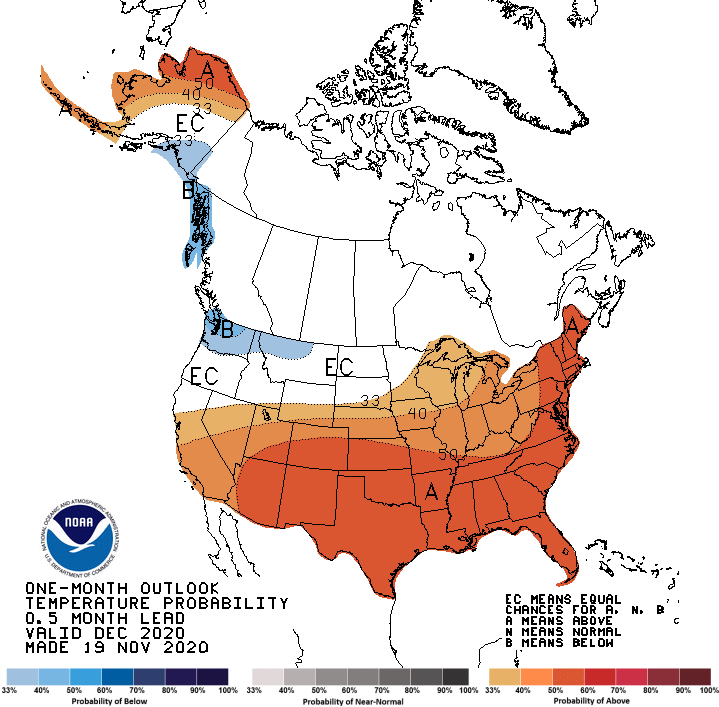
The latest monthly outlook for December 2020 is now out from NOAA’s Climate Prediction Center. It shows that all of the Southeast is expected to be warmer than normal and that most of the region is also likely to be drier than normal. This is consistent with our expectation of the continuing strong La Nina…
Posted in: Climate outlooks -

The latest Drought Monitor, released this morning, shows that abnormally dry (D0) have expanded in southeastern Georgia into the far northeast part of Florida. However, D0 coverage has decreased in South Carolina due to more recent rains. No big changes are expected for next week’s map.
Posted in: Drought -

If you missed the webinar from the Georgia Climate Project earlier this week, the video is now available on YouTube here. It covers how trends in Georgia’s recent climate are expected to affect the health of folks in Georgia as well as surrounding areas, including impacts of heat, insect-carried diseases, and other health impacts.
-
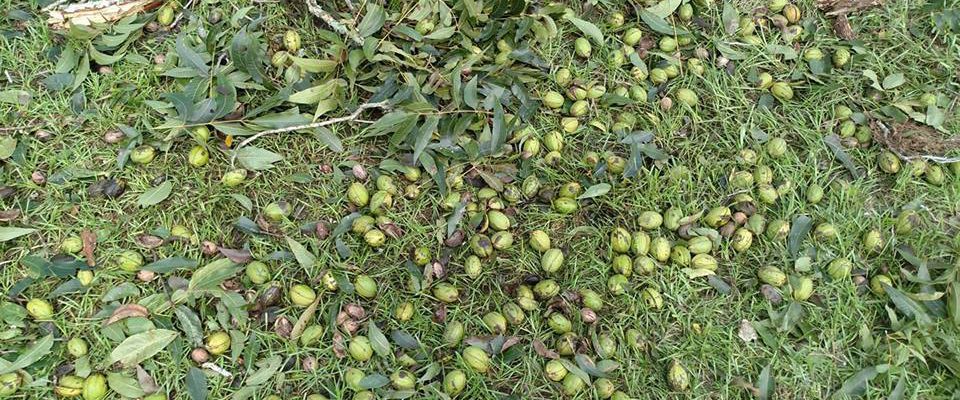
Vegetable and Specialty Crop News has provided several stories this week about how our weather this year has affected agriculture. Below you can find direct links to the stories. Alabama Pecan Producer Still Picking up Pieces Following Hurricane Sally Following Eta, Florida Farmer: Squash is Melting on the Plant Plethora of Plant Diseases Following Rainy…
-
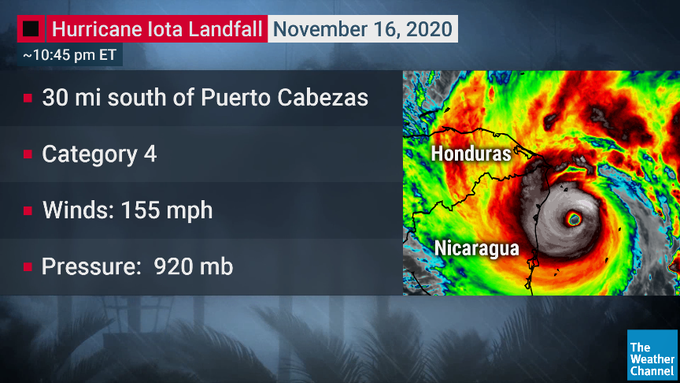
Around 11 pm on Monday, Category 4 hurricane Iota made landfall on the coast of Nicaragua just 15 miles from where Eta made landfall just a couple of weeks ago. This storm has winds of 155 mph, with torrential rains and storm surge of over 12 feet. The human costs of this storm are expected…
-
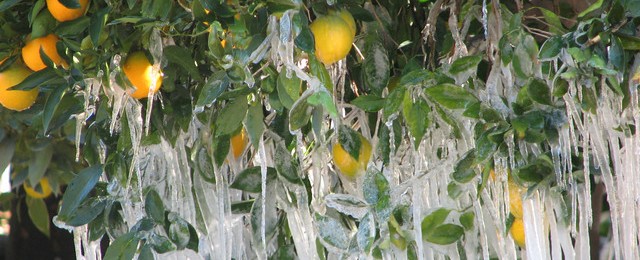
UF/IFAS has a working group that provides information on cold hardy citrus such as satsumas to farmers in northern Florida and southern GA and AL. Their latest newsletter gives information on how farmers can minimize the impacts of cold weather on their plants and a good list of resources for Florida (sadly, it does not…
-
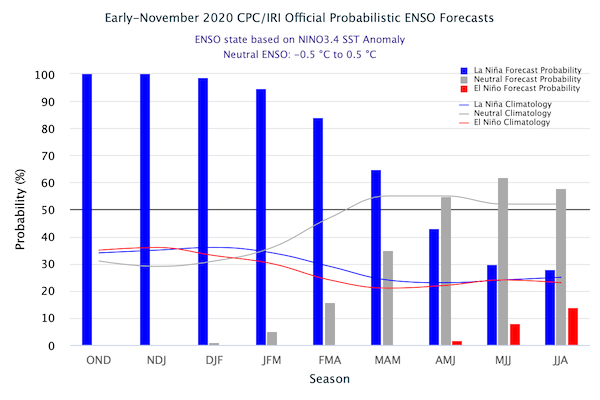
According to NOAA’s Climate Prediction Center, we have a 100 percent chance of a La Nina through winter, and a better than 90 percent chance through early spring. After that, the probability drops but stays above 50 percent through the March-May period before we go into the typical low probability in summer 2021. This is…
Posted in: El Nino and La Nina